Risk of groundwater depletion
The sandy land of Vinh Chau town (Soc Trang province) is the largest place specializing in purple onion cultivation in the country with an annual area of up to 7,000 hectares. The irrigation water source for production here is mainly exploited from groundwater. However, due to the impact of climate change and over-exploitation, groundwater resources are increasingly seriously declining.
Hand irrigation is a traditional method that Vinh Chau farmers are applying, increasing the risk of groundwater depletion. Photo: Kim Anh.
According to Dr. Dang Kieu Nhan - Director of the Mekong Delta Development Research Institute (Can Tho University), groundwater in the Mekong Delta is not replenished locally but originates from the Southeast and the Cambodian Delta with a very slow movement speed. Meanwhile, the demand for groundwater for agricultural cultivation and domestic purposes is increasing, causing the amount of water replenished to not be enough to compensate for the amount of exploitation, leading to the risk of depletion.
In Vinh Chau town, farmers used to only need to drill wells at a certain depth, then lay pipes and pump water up for irrigation. However, now, even at that depth, there is not enough water to pump, forcing farmers to lay pipes deeper and at the same time pump air down to create pressure to push the water up.
According to Mr. Chau Van Then - Deputy Head of the Department of Agriculture and Environment of Vinh Chau town, every year during the dry season, the locality does not have a water shortage because people find every way to get underground water. Previously, people only needed to use 1 motor to pump water, but now they have to use additional blowers to pump water at a depth of about 50m. If there is still not enough water, people increase the depth to 70 - 80m and use 2 more motors.
Farmers evaluate the drip irrigation method as helping onions increase productivity and save investment costs. Photo: Kim Anh.
Due to the sandy soil, digging ponds to store water in Vinh Chau is very difficult. Some households have applied the solution of lining with tarpaulin to store water, but the amount of stored water is still very limited. This poses a big challenge for agricultural production, especially for farmers growing purple onions. Without an effective solution for irrigation water, the risk of water shortage for production in the future is very high.
Prospects of drip irrigation systems
In 2024, the Mekong Delta Development Research Institute, in collaboration with the Department of Agriculture and Environment of Vinh Chau town and a number of partners, will implement a project to transform to a sustainable purple onion value chain in the Mekong Delta. The project is funded by the Netherlands Enterprise Agency (RVO) and will last for 2 years. One of the highlights of the project is the transfer of drip irrigation techniques for purple onions.
This system is considered to have many advantages such as saving irrigation water; reducing labor costs; limiting fertilizer loss; reducing the impact of wind and not wetting onion leaves... Thereby helping farmers increase productivity compared to traditional hand watering methods.
This system uses mini rotating nozzles and drip lines with a diameter of 12 - 15mm, with about 3 - 4 drip lines/bed (depending on soil type). According to calculations by experts from the Mekong Delta Development Research Institute, the total investment cost of a drip irrigation system is about 8.2 million VND/ha, while the manual irrigation method costs about 11 million VND/ha (installation of machinery and irrigation labor). Thus, farmers can save nearly 2.8 million VND/ha when switching to this irrigation method.
Onion growing model applying drip irrigation technique in Vinh Chau town. Photo: Kim Anh.
Experimental results at some models in Vinh Chau town show that with the traditional Vinh Chau purple onion variety using hand irrigation method, the yield reaches about 14.3 tons/ha. With drip irrigation technique, the onion yield increases to 15.1 tons/ha, bringing many prospects.
Farmer Thach Son in Hamlet 6, Ward 1, Vinh Chau Town is cultivating 2,000 square meters of purple onions. Currently, the main method of irrigating his onion field is pumping from underground water. On average, he has to spend about 700,000 VND per month on electricity to pump water for irrigation, not to mention the cost of hiring workers.
During the dry season, the water pump is very weak, causing many difficulties for production. Mr. Son commented: "Drip irrigation system is very suitable for family conditions because the investment cost is not too high, farmers do not have to work hard, and have time to do other work."
Similarly, Mr. Huynh Xui Khang, also residing in Hamlet 6, Ward 1, is growing 5,000 square meters of purple onions with two varieties: traditional Vinh Chau purple onions and Maserati F1 purple onions (a new experimental variety).
Eight years ago, when experimenting with growing Maserati F1 purple onions, Mr. Khang repeatedly failed due to improper irrigation techniques, which damaged the onion leaves and caused disease to develop.
Drip irrigation system transferred by Mekong Delta Development Research Institute in Vinh Chau town. Photo: Kim Anh.
However, since 2024, when applying the drip irrigation system transferred by the Mekong Delta Development Research Institute, onion fields have shown positive results, with plants growing evenly, deep roots, and limited water stagnation on the leaves.
“The investment cost for a drip irrigation system is not high. If you hire workers to water by hand, it will cost about 4 million VND/1,000m2, while the investment cost for a drip irrigation system ranges from 2 to 3.5 million VND (installation materials),” said Mr. Khang.
Examining each onion bush carefully, Mr. Thach Tien - a member of Hoa Thanh Vegetable Cooperative (Hoa Thanh Hamlet, Lac Hoa Commune, Vinh Chau Town) commented that when watering by hand, observing the water-logged field surface, but using a device to check soil moisture was not enough. In addition, due to the strong pressure of the water spray, the onion leaves broke and fell, easily spreading pathogens. At that time, even if farmers treated with pesticides, they were washed away by the water and were not effective.
According to Mr. Tien, using drip irrigation technique, the onion leaves do not get wet much but the soil moisture is enough, the plants grow well. In the next onion crop, he plans to install a drip irrigation system to save time, reduce costs, and improve the quality of the onions.
In addition to the drip irrigation method, the introduction of the new Maserati F1 purple onion variety into production is also bringing about clear results for Vinh Chau farmers. According to Mr. Chau Ba Binh - technical officer of Bejo Company, this onion variety has a growing period of about 10 days longer than the local variety but the yield is 10 - 20% higher.
Applying drip irrigation, purple onions show positive results, plants grow evenly, roots grow deep, limiting water stagnation on leaves. Photo: Kim Anh.
The yield of Maserati F1 purple onion grown using the drip irrigation method is about 19.2 tons/ha, about 4.1 tons/ha higher than traditional purple onion varieties.
Furthermore, the quality of onions has also been significantly improved. Maserati F1 purple onions have large bulbs, beautiful colors, suitable for consumer tastes, and are priced 1,000 - 2,000 VND/kg higher than local purple onions.
However, some farmers are concerned that planting new onion varieties may affect soil fertility in the long term. Therefore, crop rotation and the rational use of fertilizers and farming techniques will be important factors to ensure the sustainable development of this model.
Purple onion is the main crop of Vinh Chau town. Drip irrigation technique not only helps save water resources but also improves productivity, product quality and income for farmers. In the long term, for this model to be effective, there needs to be close linkage between farmers, businesses and local authorities to ensure stable output and sustainable market development.
Source: https://nongnghiep.vn/tuoi-nho-giot-de-ung-pho-nguy-co-can-kiet-nuoc-ngam-d741851.html


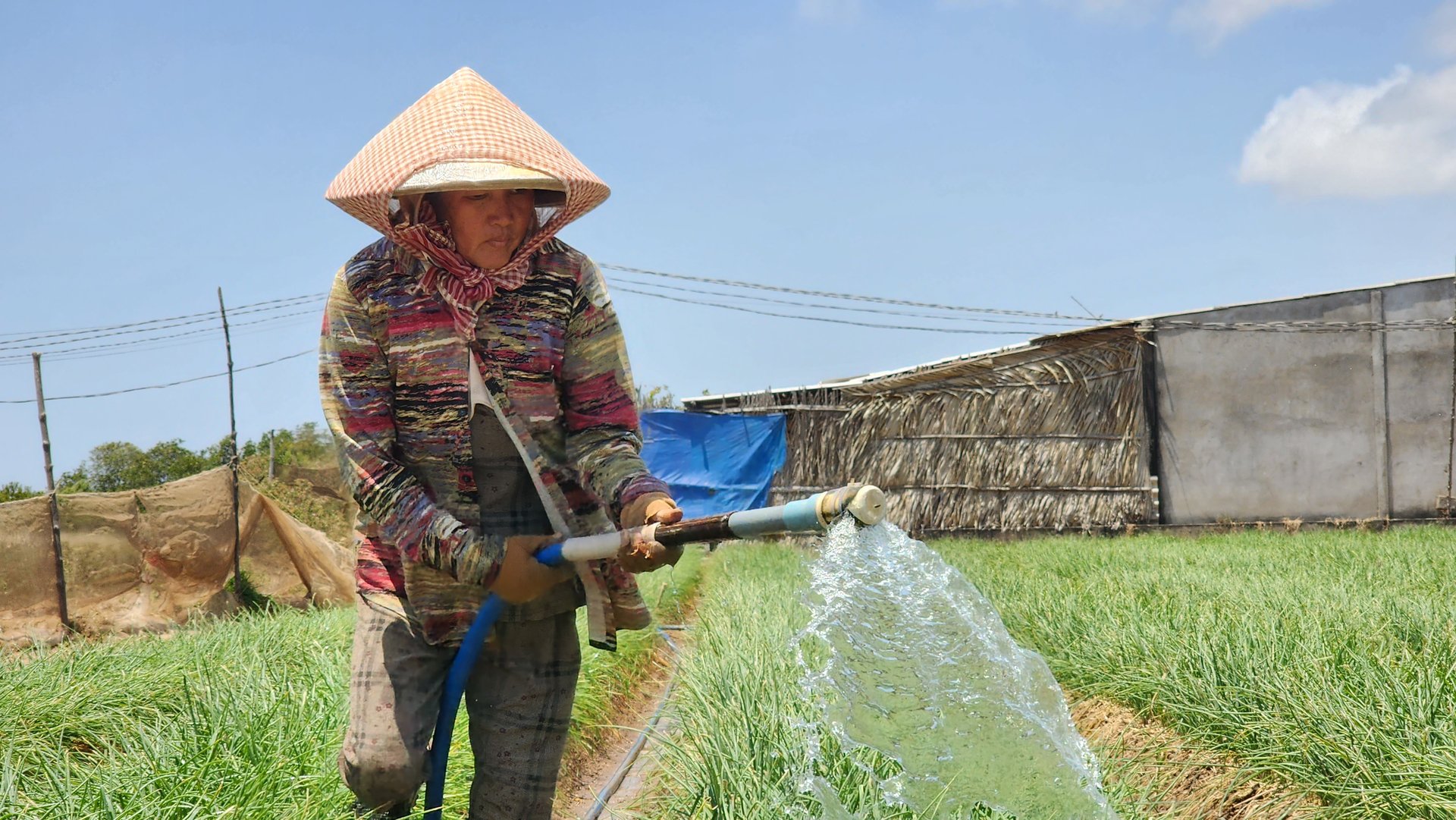
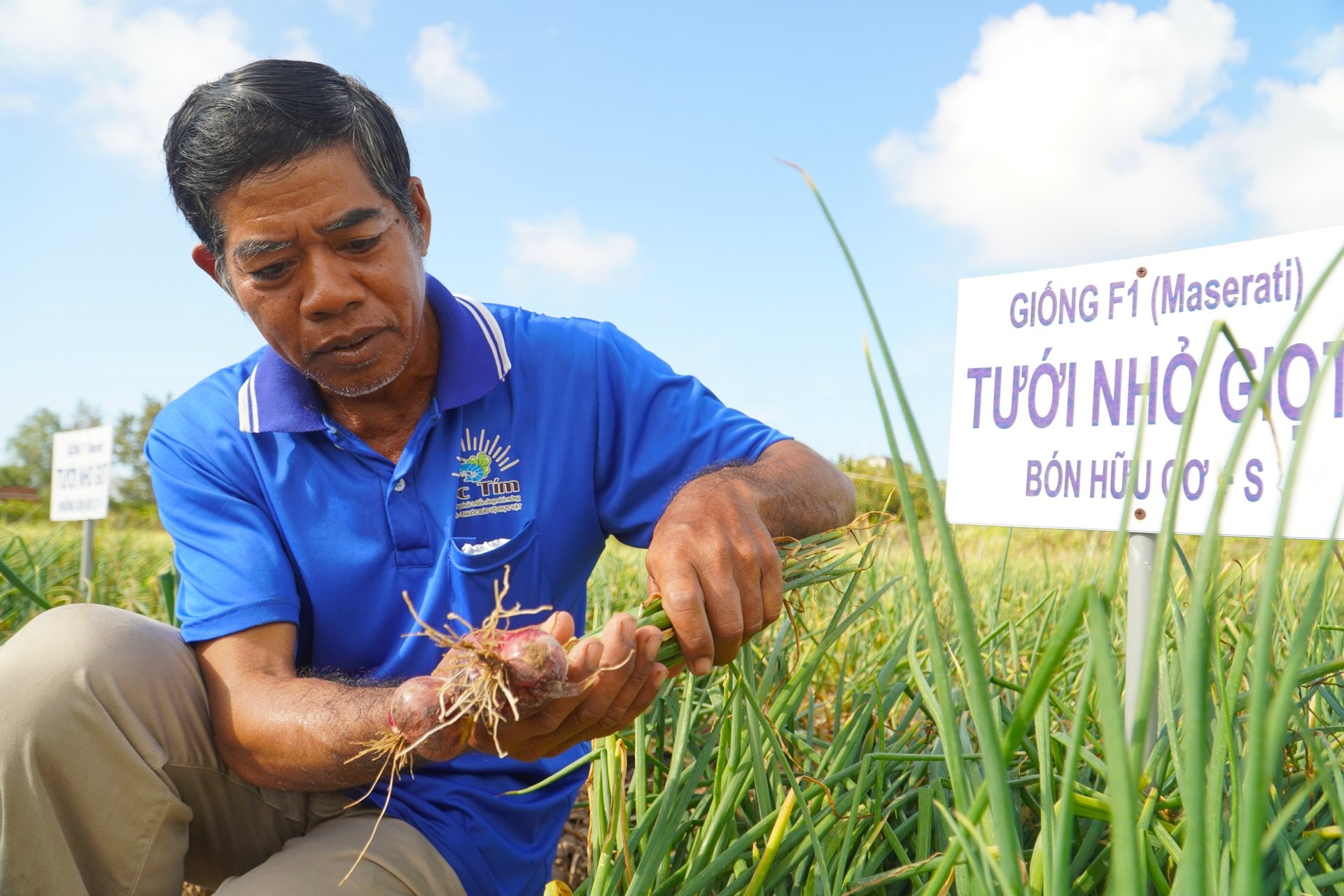
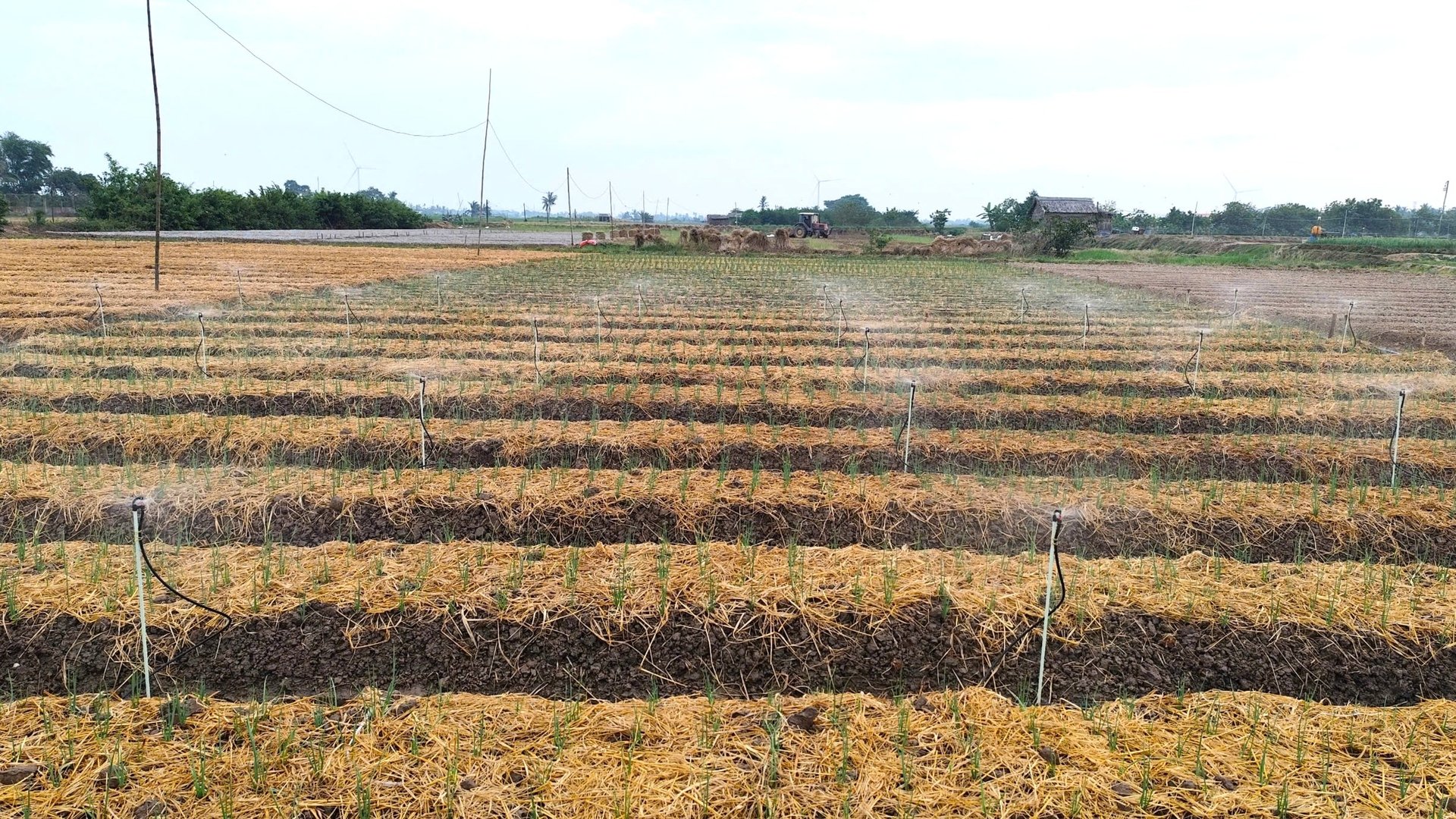
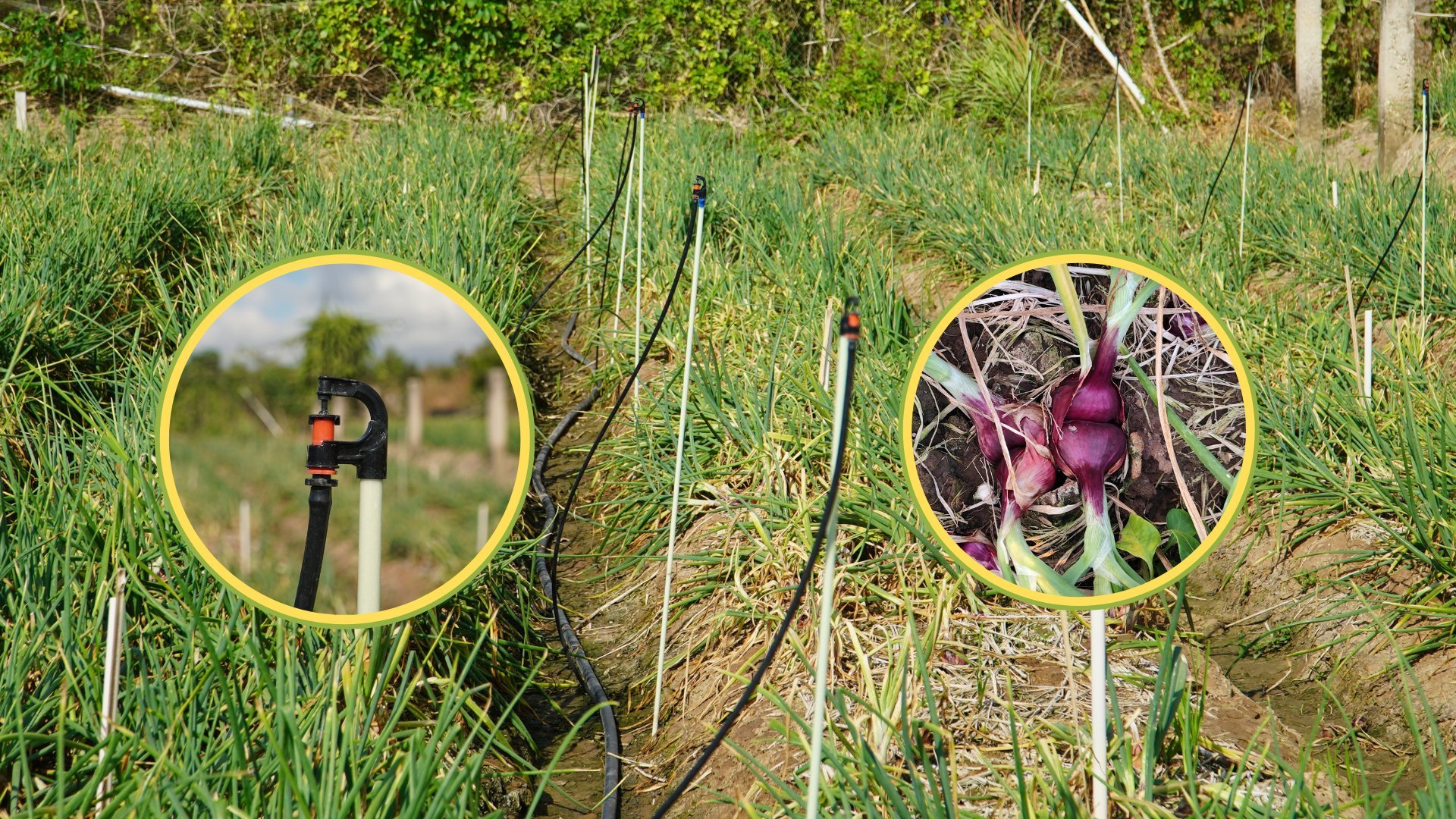
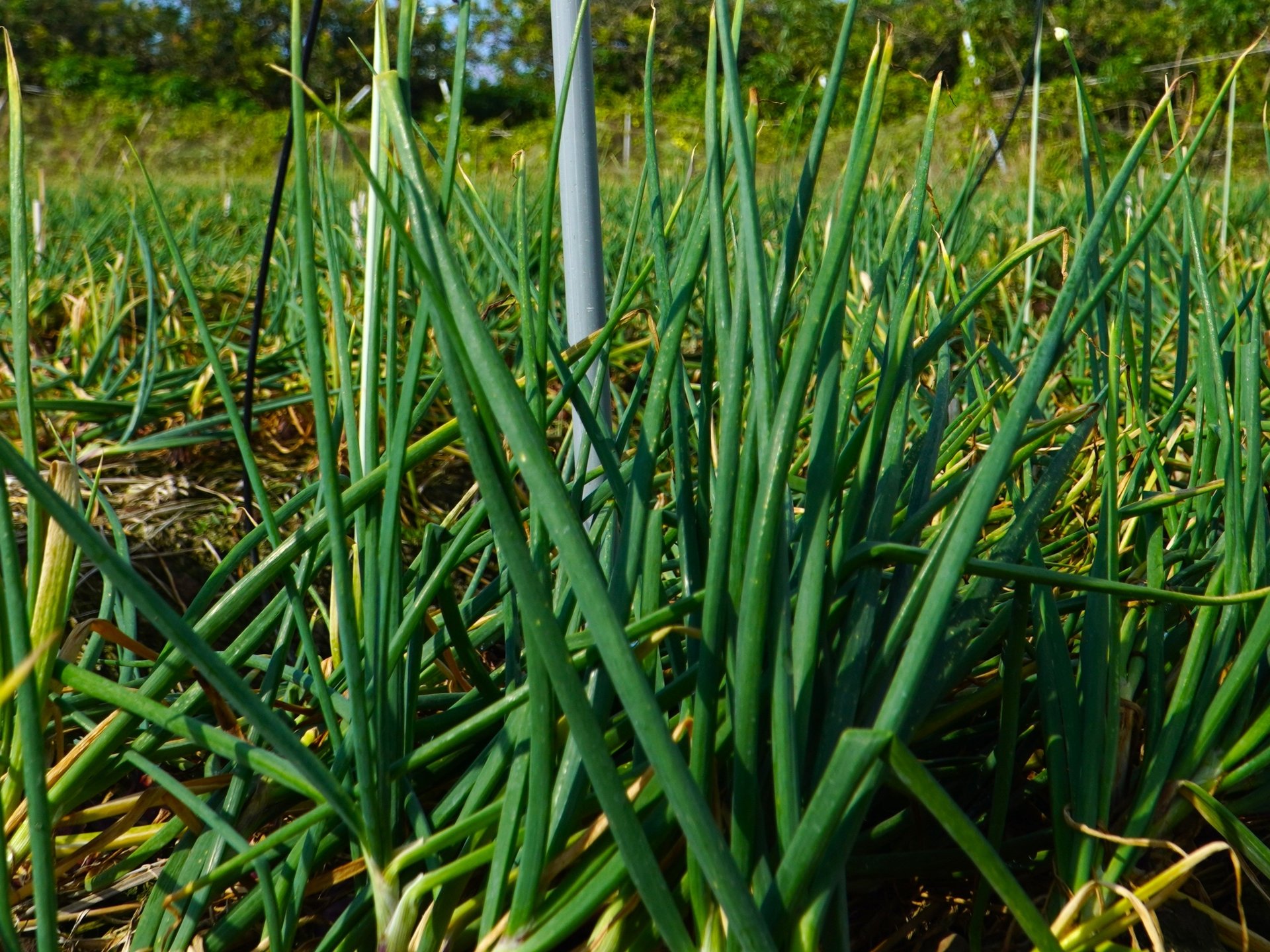

![[Photo] Prime Minister Pham Minh Chinh meets with King Philippe of Belgium](https://vstatic.vietnam.vn/vietnam/resource/IMAGE/2025/4/1/be2f9ad3b17843b9b8f8dee6f2d227e7)
![[Photo] Close-up of Vietnam's sniffer dog team searching for earthquake victims in Myanmar](https://vstatic.vietnam.vn/vietnam/resource/IMAGE/2025/4/1/d4949a0510ba40af93a15359b5450df2)

![[Photo] President Luong Cuong and King Philippe of Belgium visit Thang Long Imperial Citadel](https://vstatic.vietnam.vn/vietnam/resource/IMAGE/2025/4/1/cb080a6652f84a1291edc3d2ee50f631)
![[Photo] General Secretary To Lam receives King Philippe of Belgium](https://vstatic.vietnam.vn/vietnam/resource/IMAGE/2025/4/1/e5963137a0c9428dabb93bdb34b86d7c)
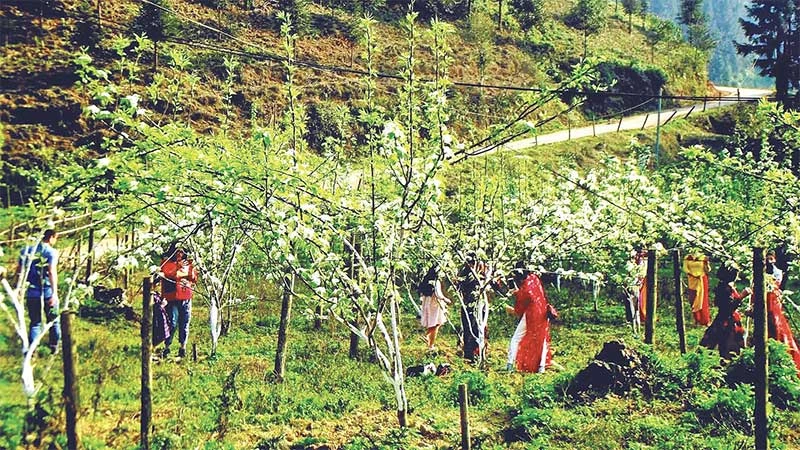
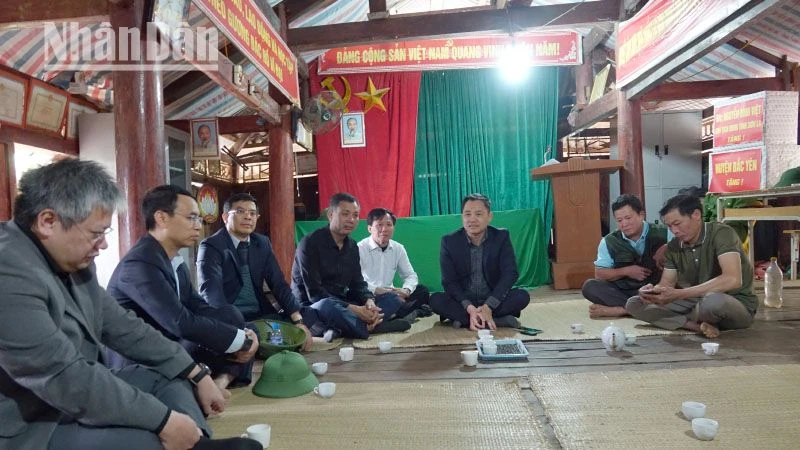
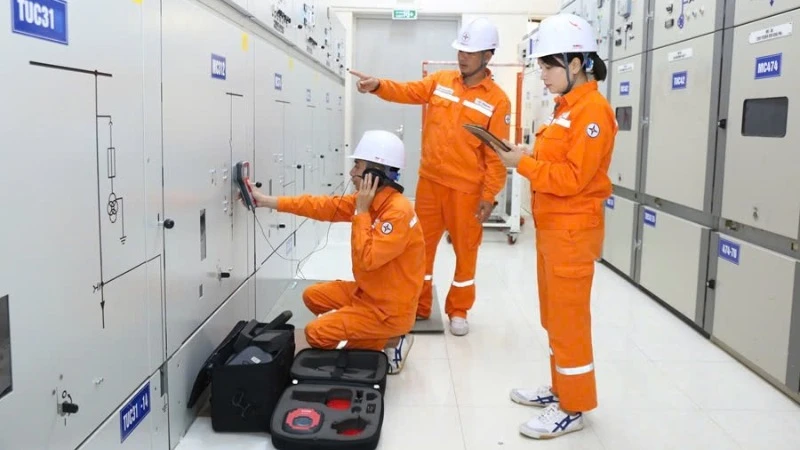
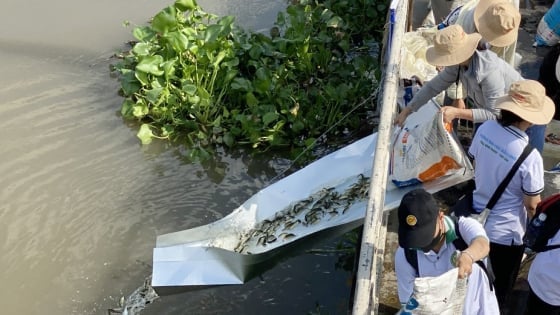
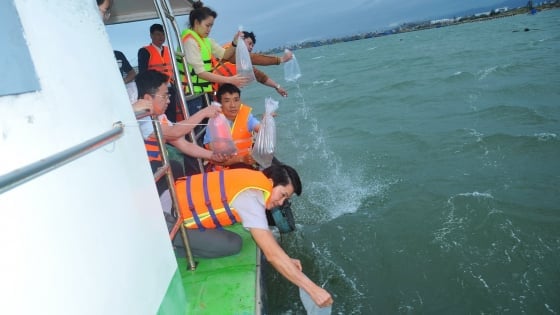
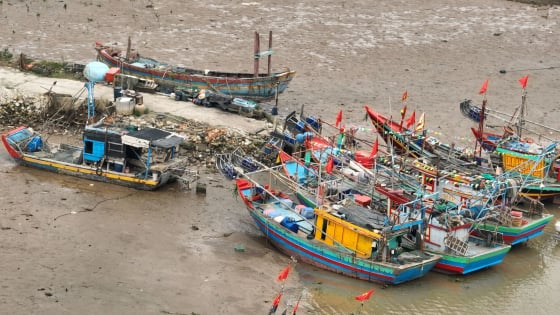





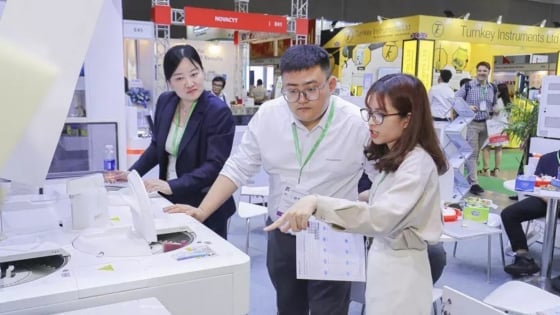

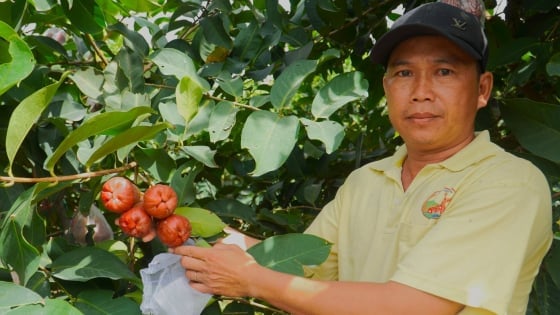
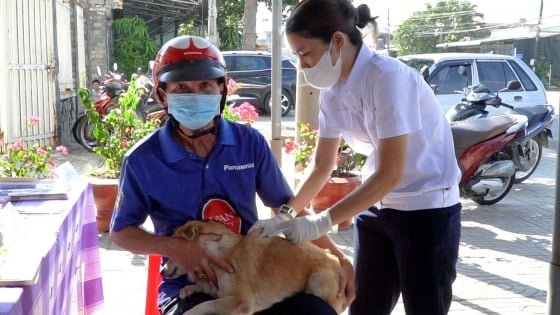
![Bright future of mulberry and silk in the Northern mountainous region: [Article 5] Research on new silkworm breeds](https://vstatic.vietnam.vn/vietnam/resource/IMAGE/2025/3/31/e34f68a2518a40b2a91a8e4261a338c0)
![[Photo] Myanmar's capital in disarray after the great earthquake](https://vstatic.vietnam.vn/vietnam/resource/IMAGE/2025/4/1/7719e43b61ba40f3ac17f5c3c1f03720)






























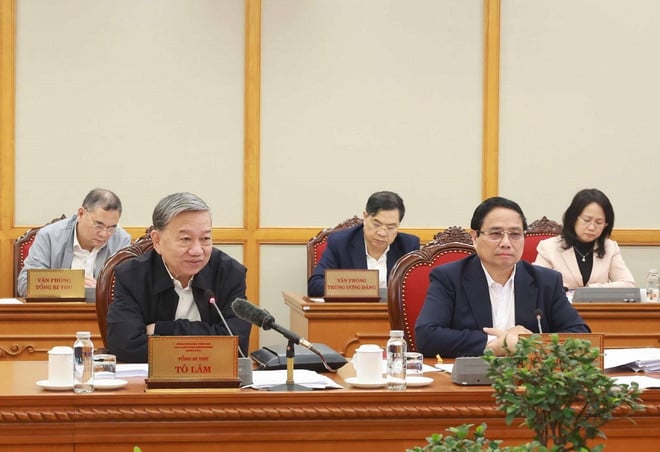









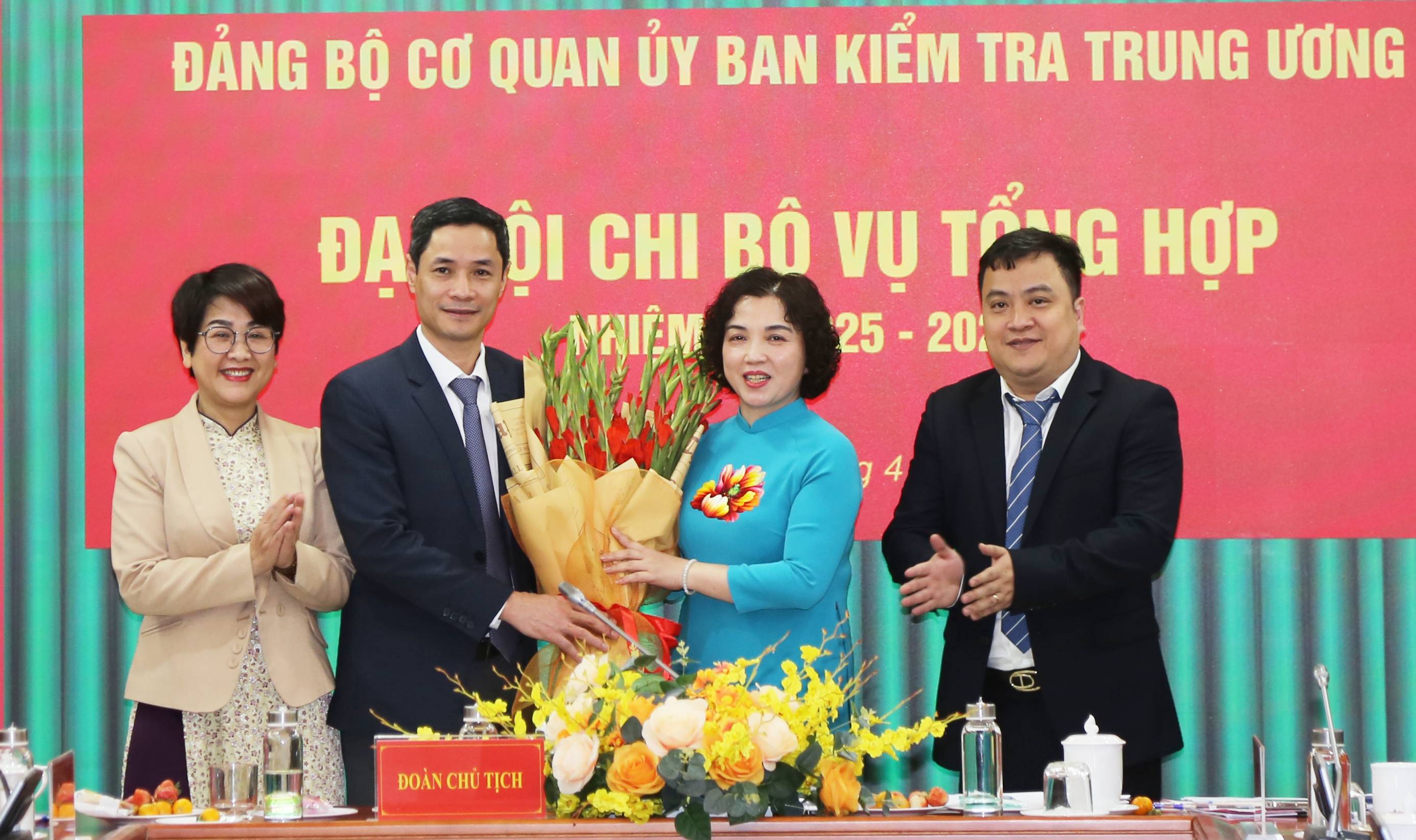









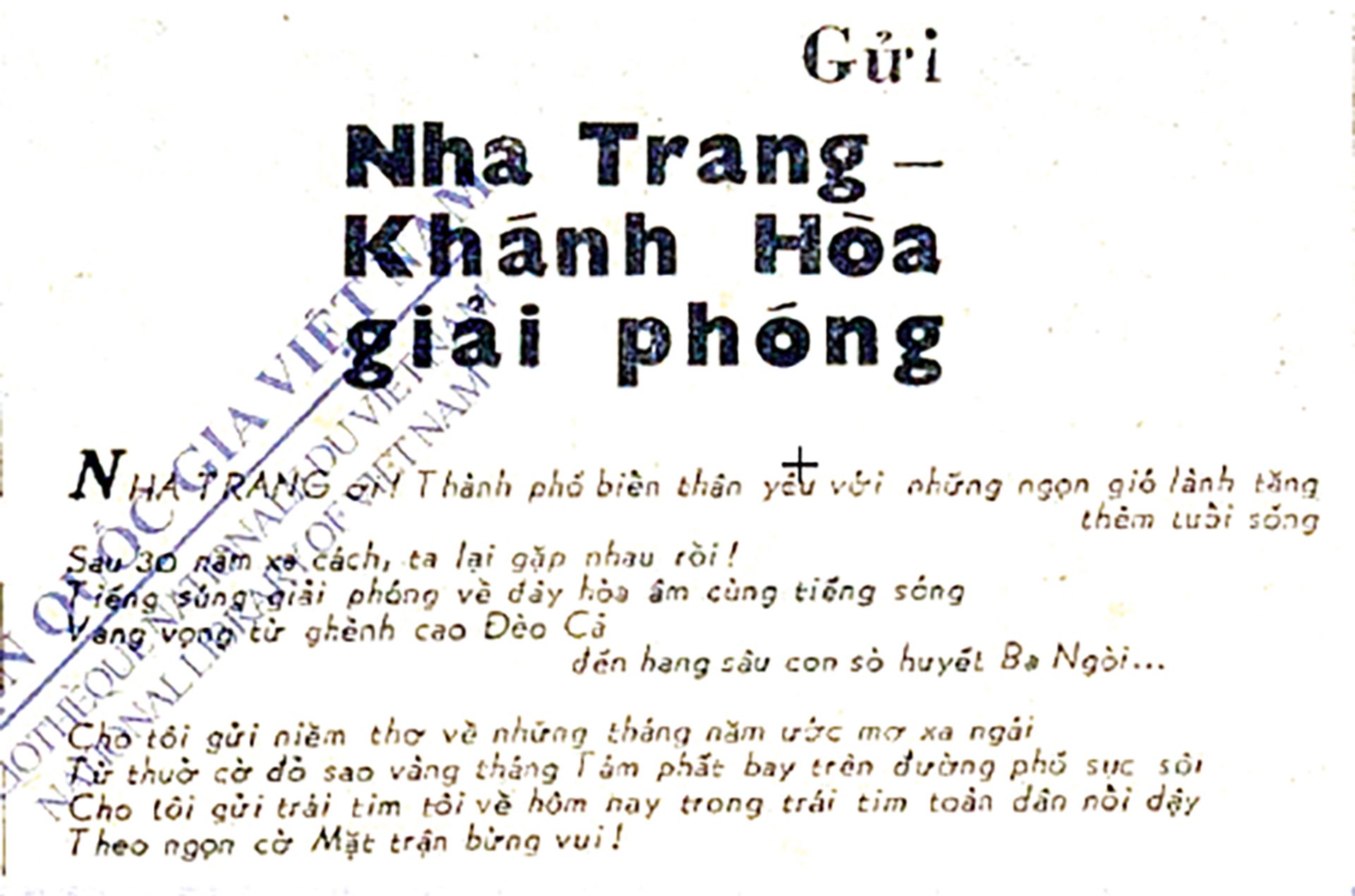












Comment (0)